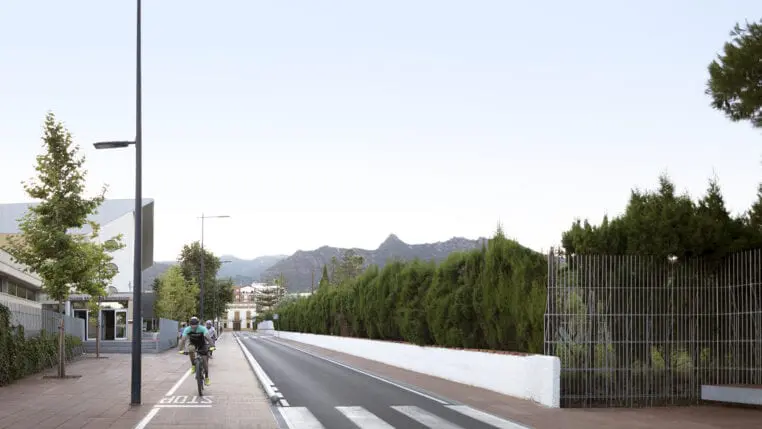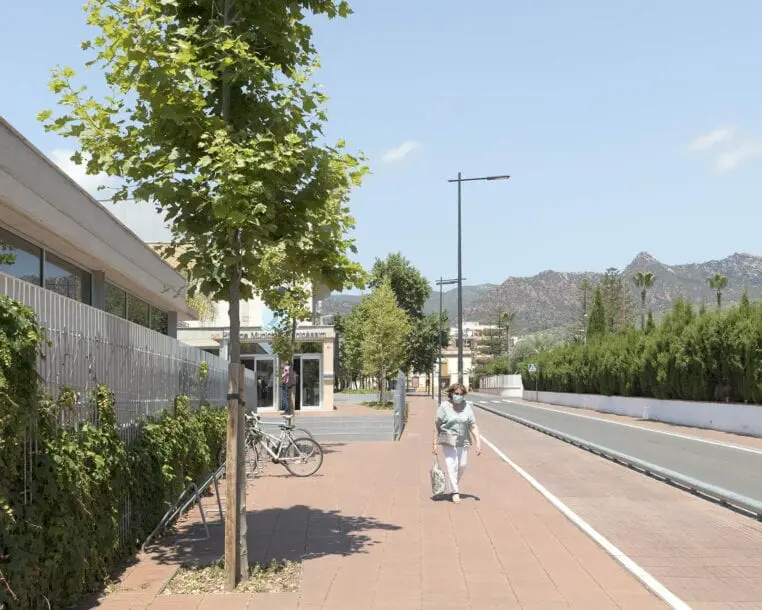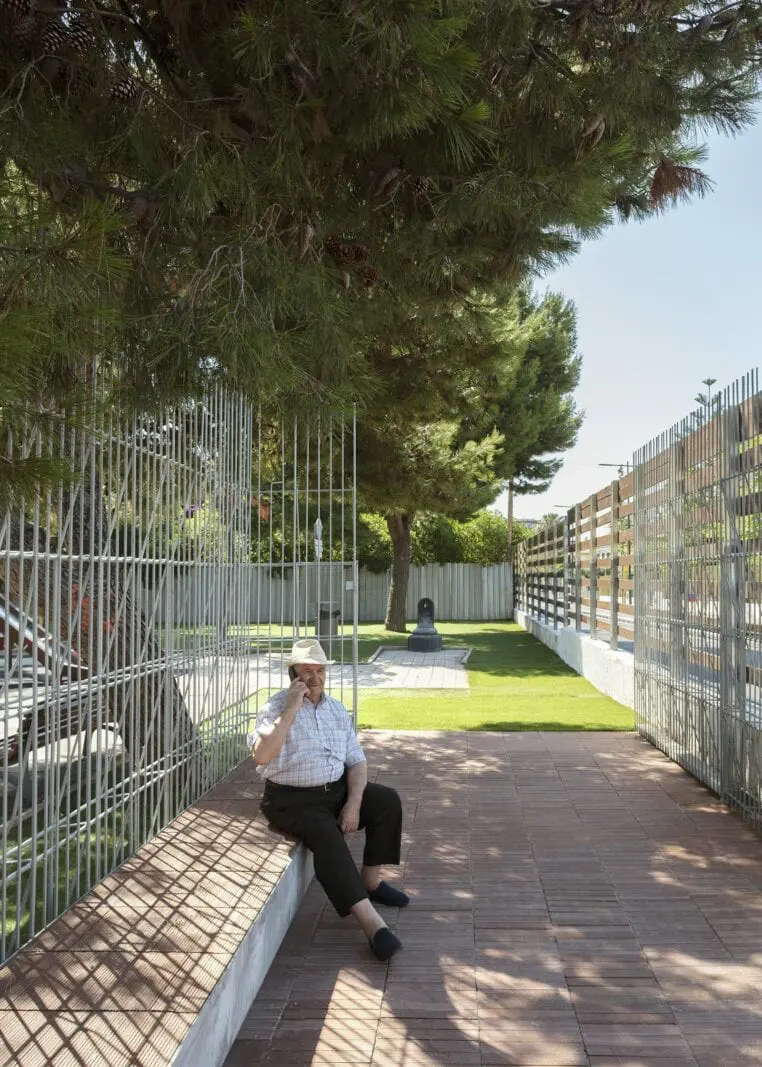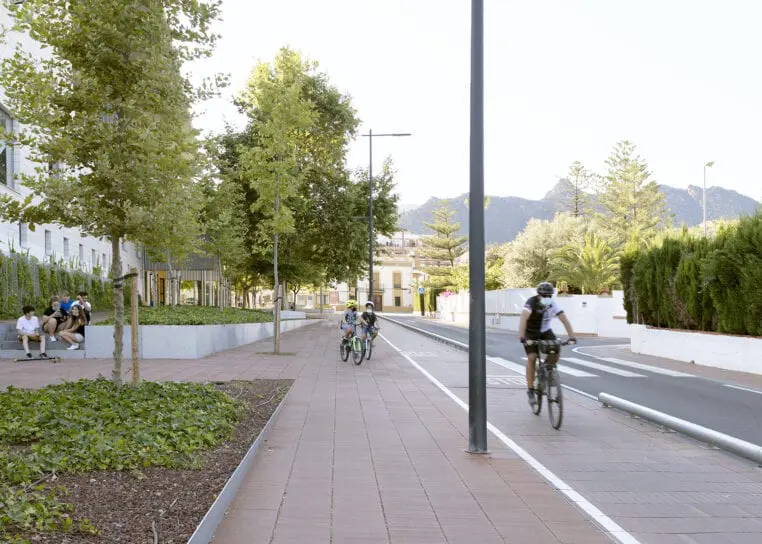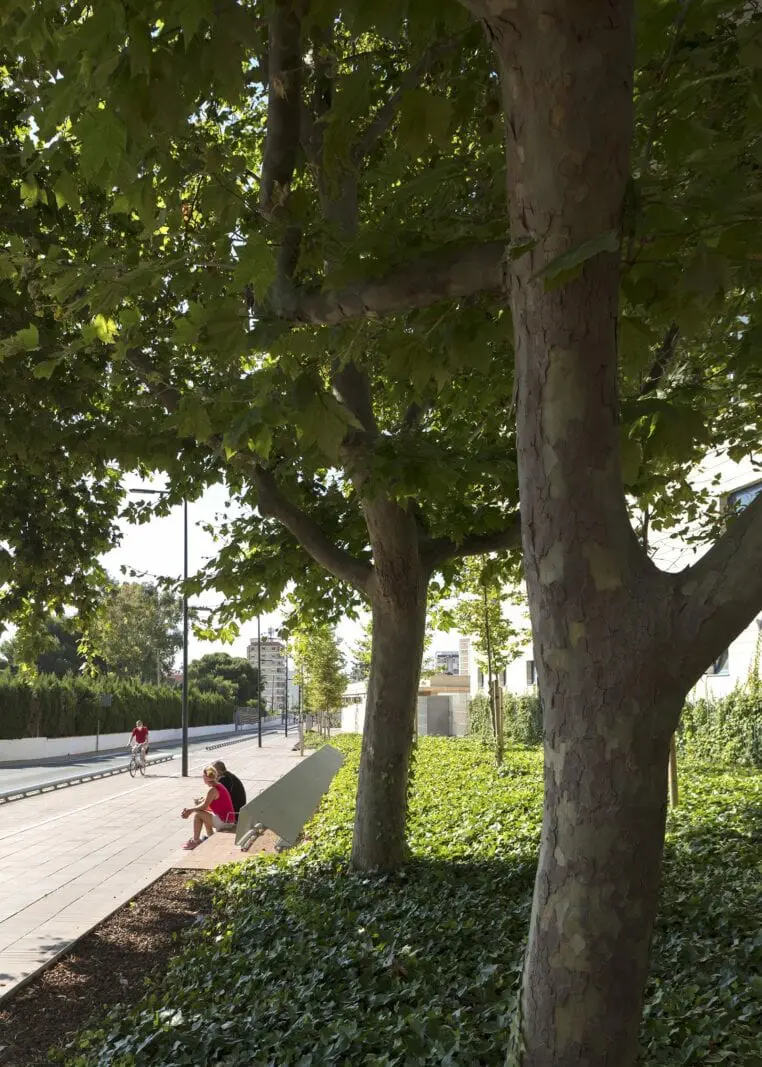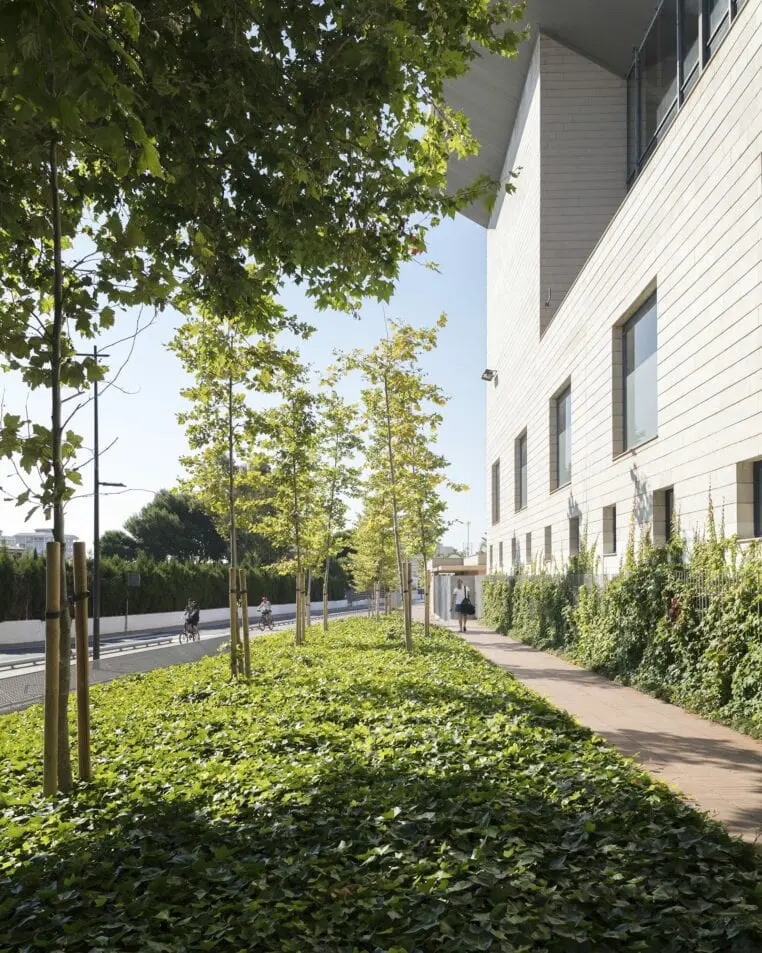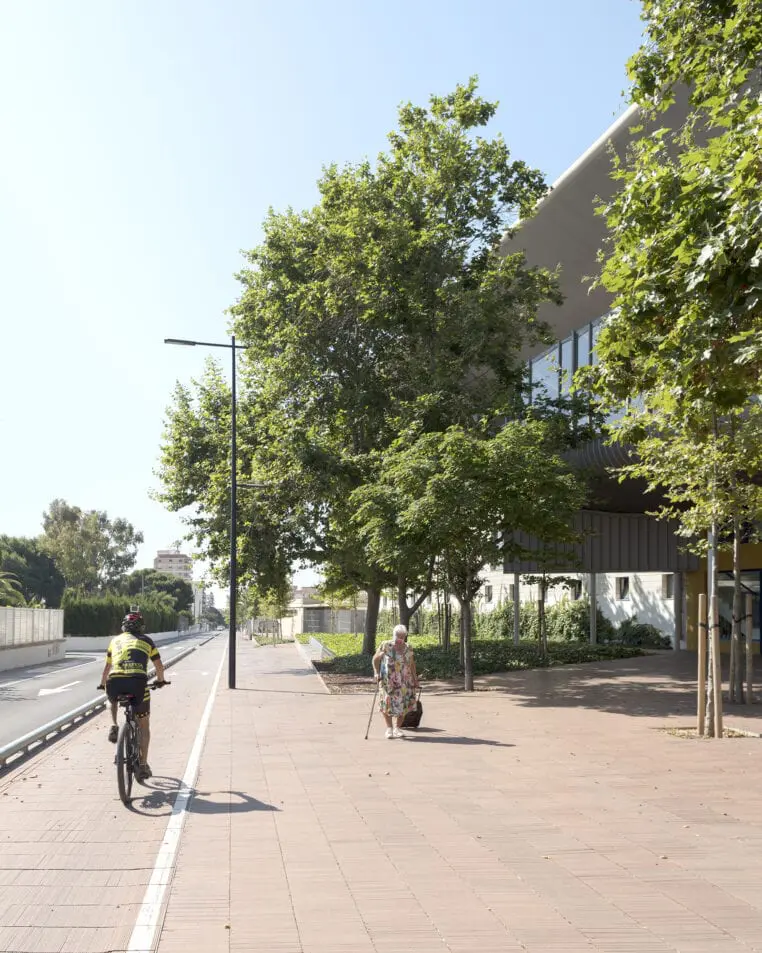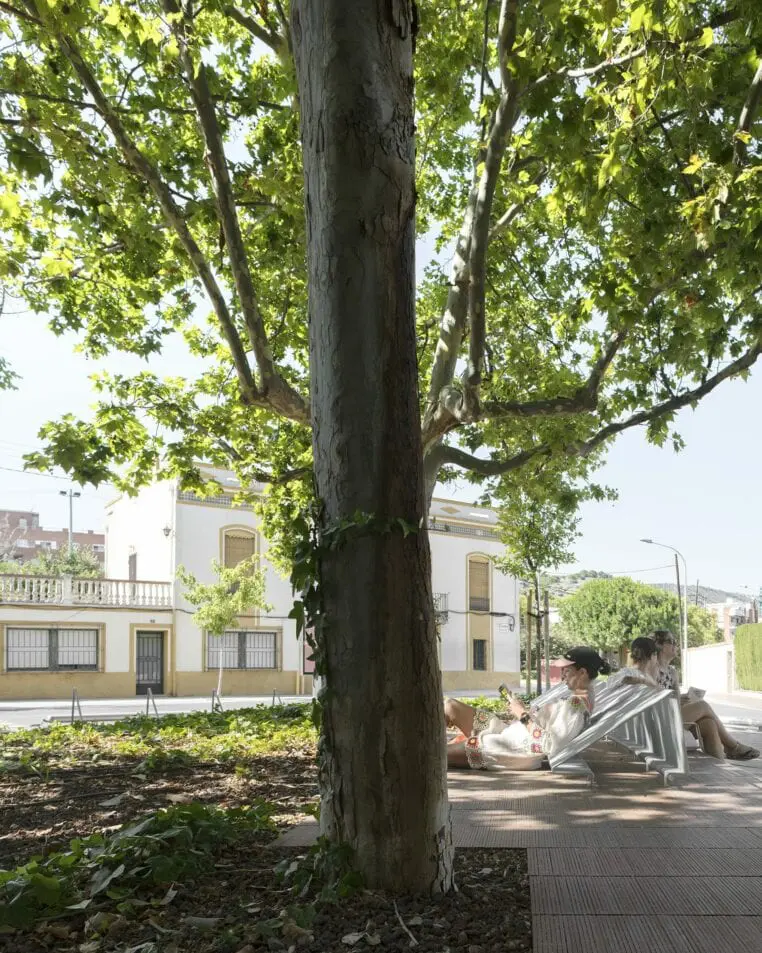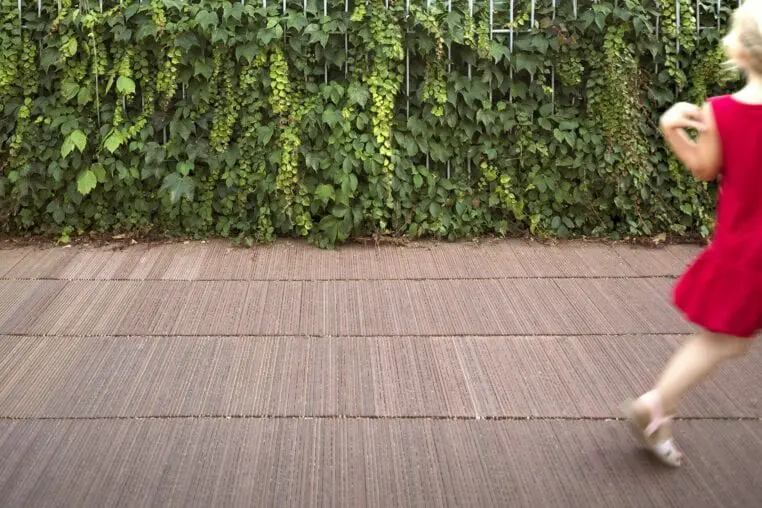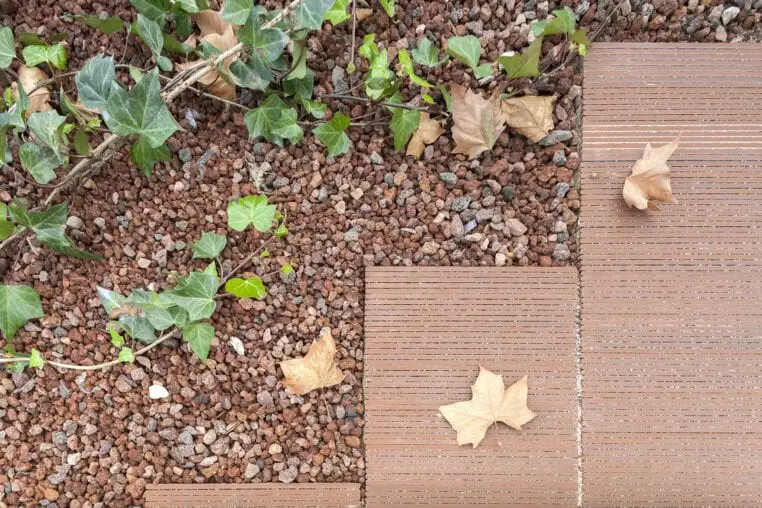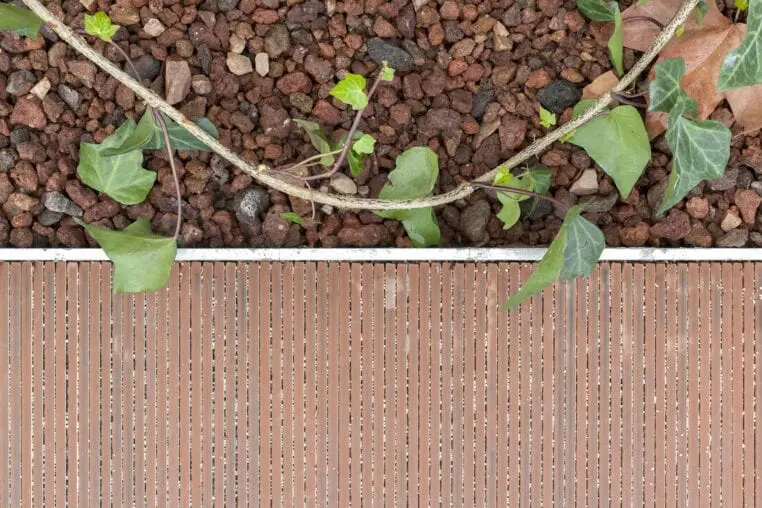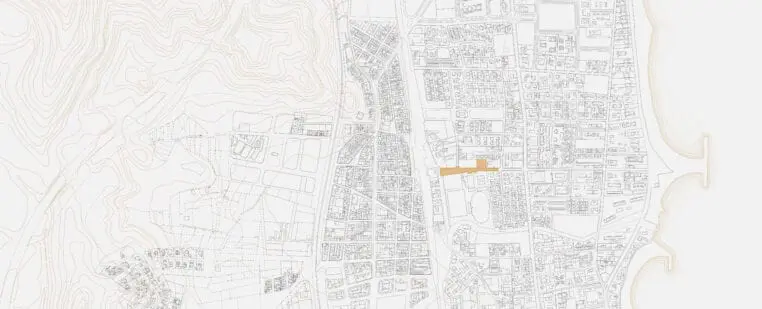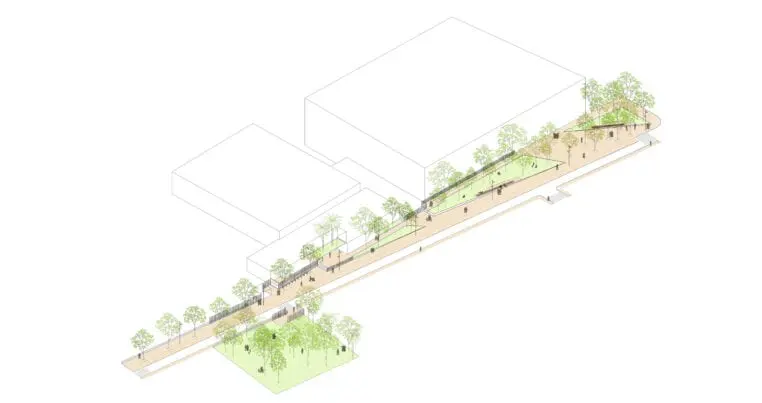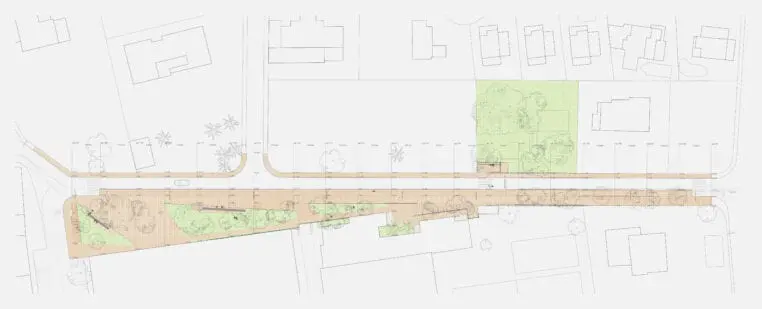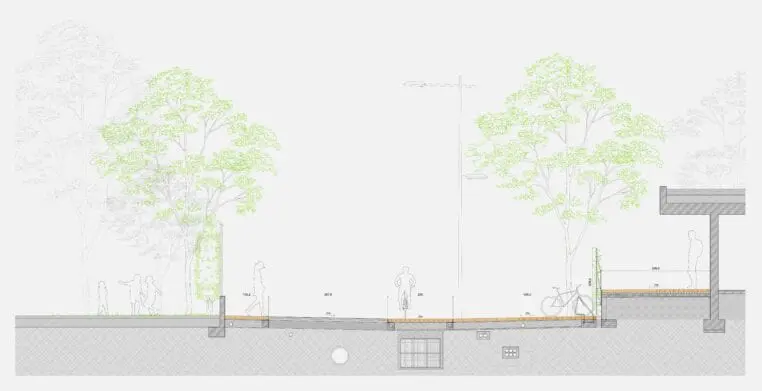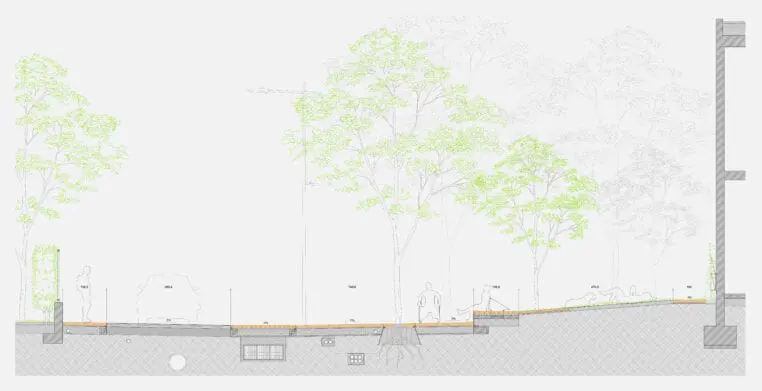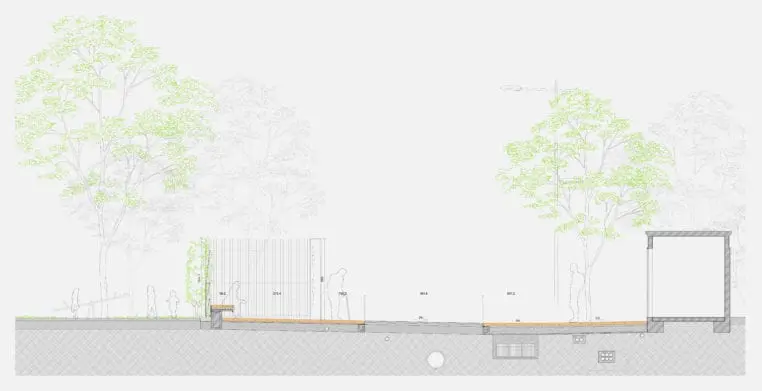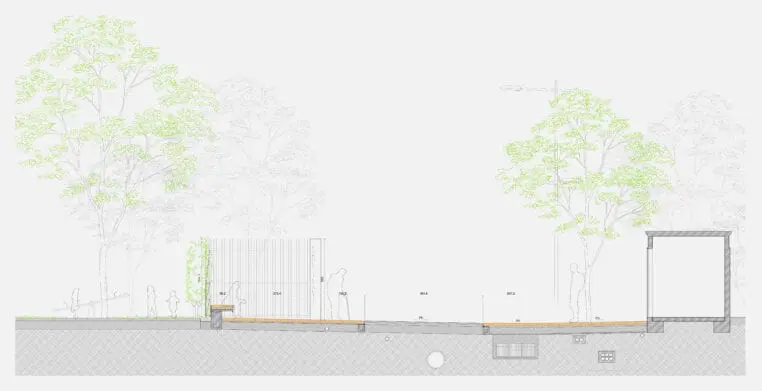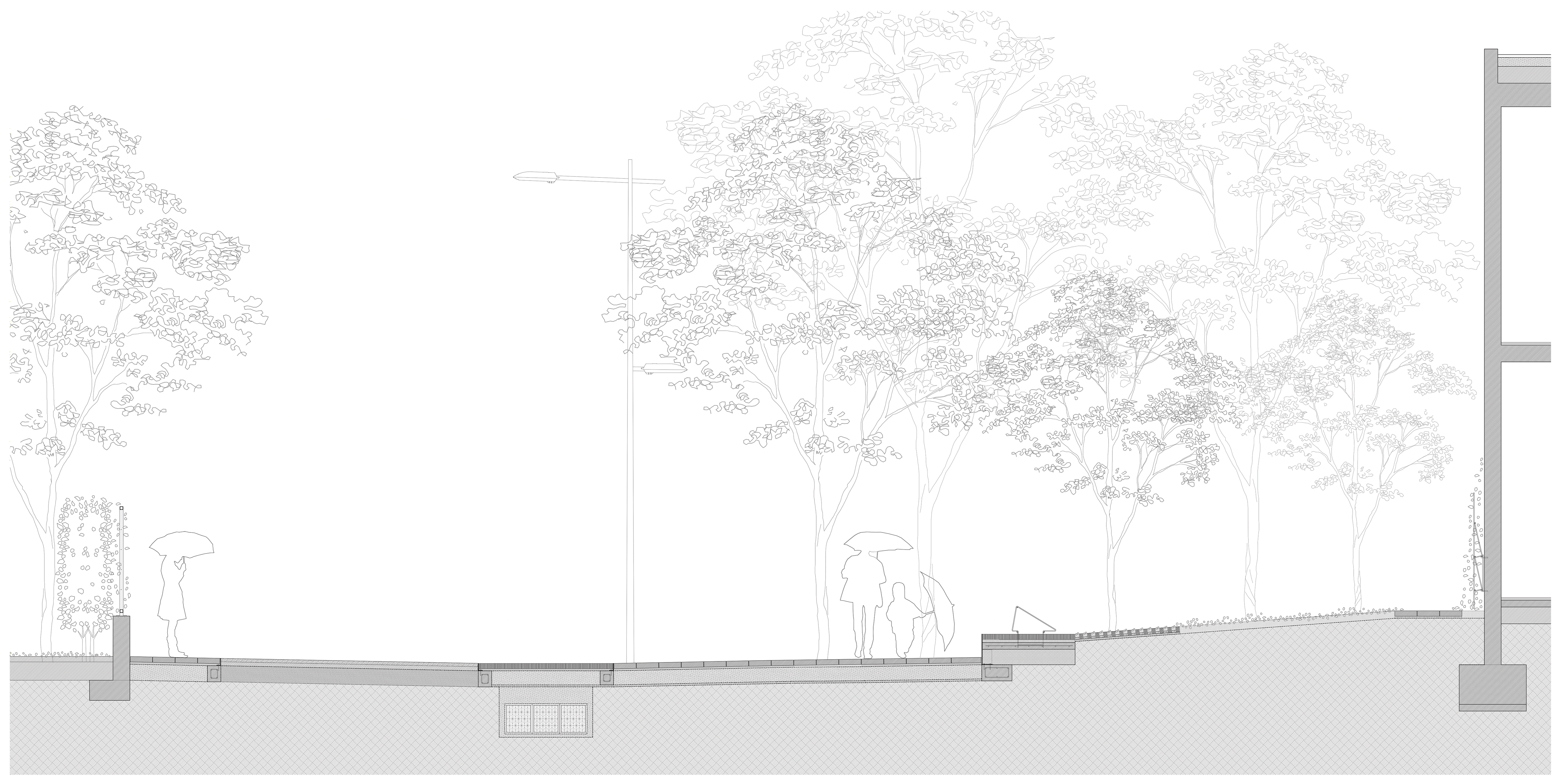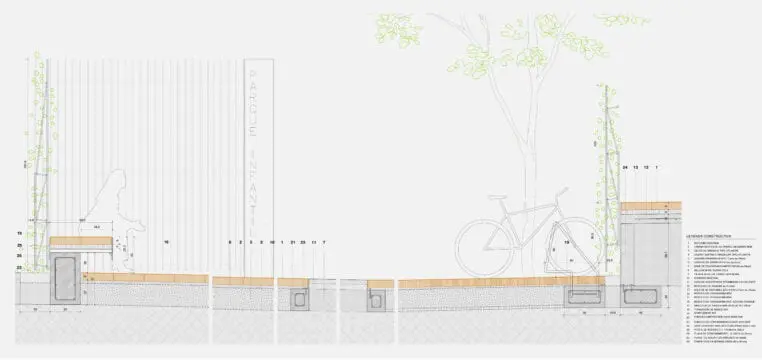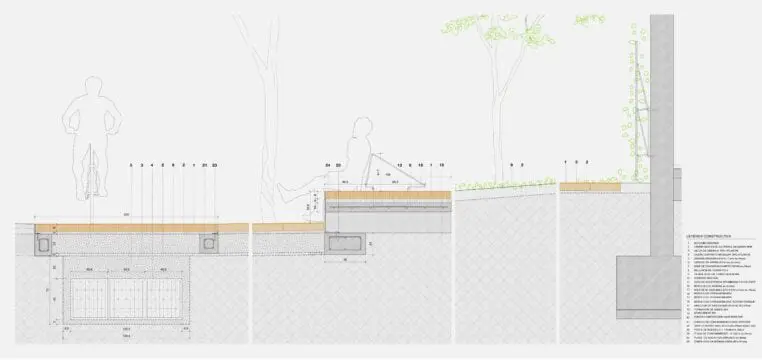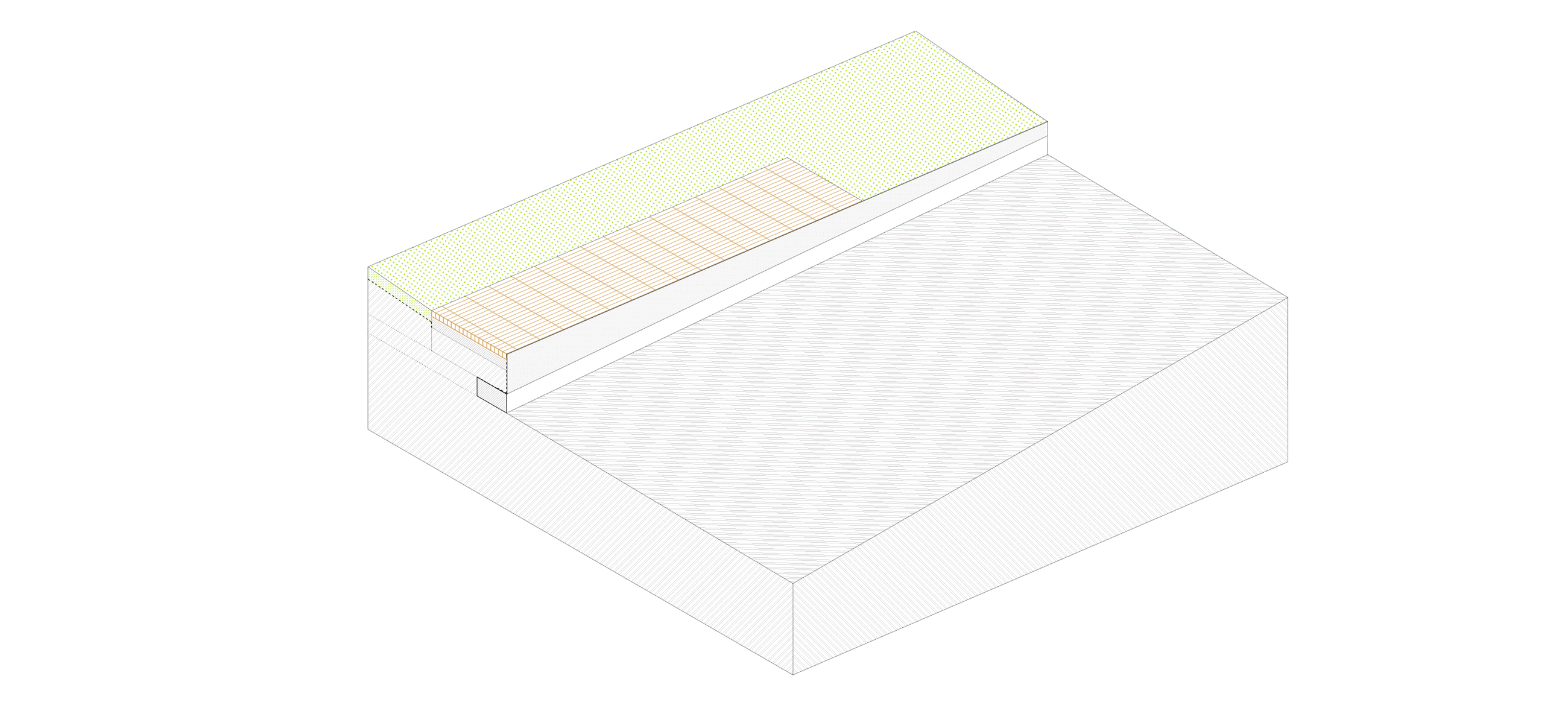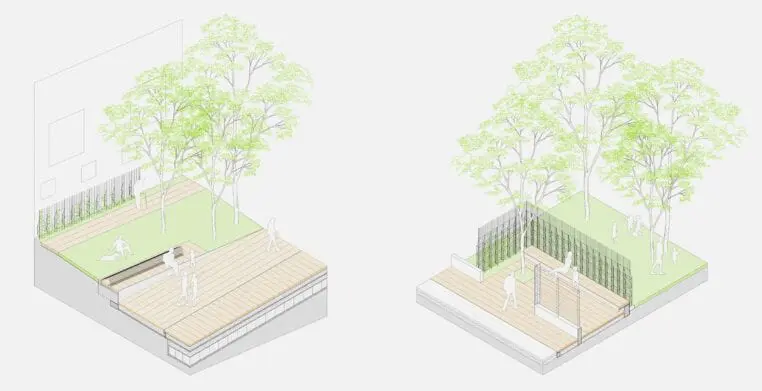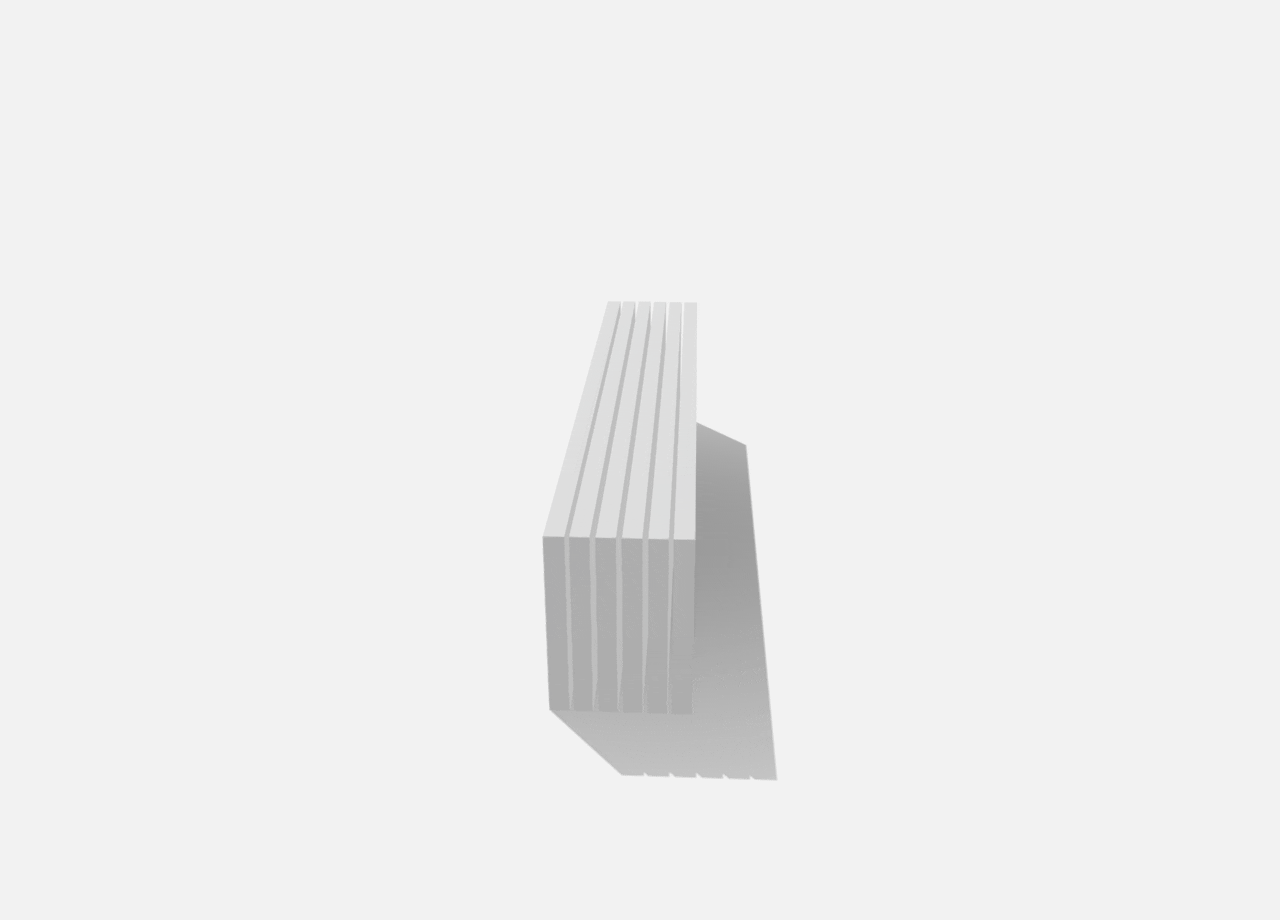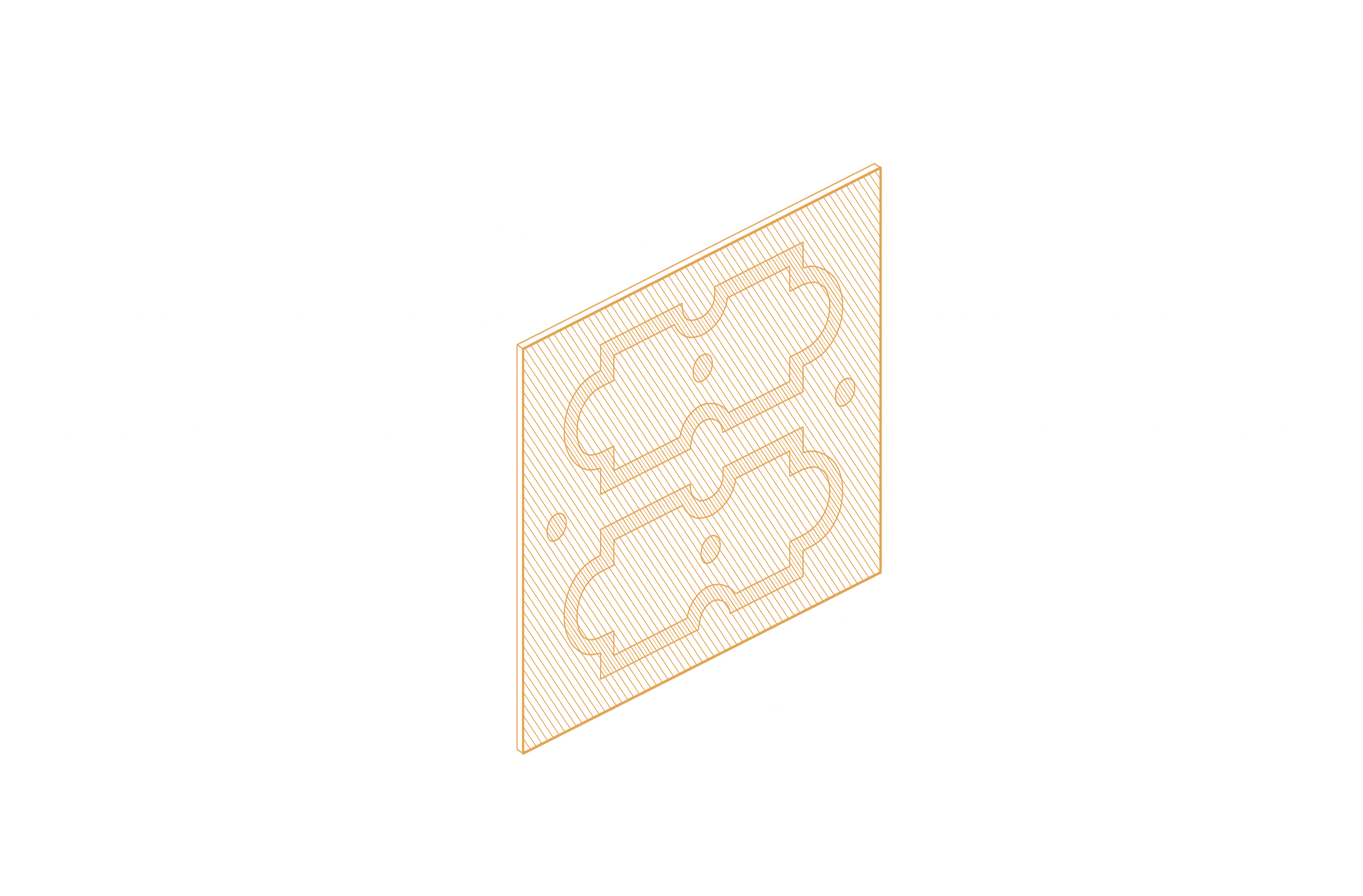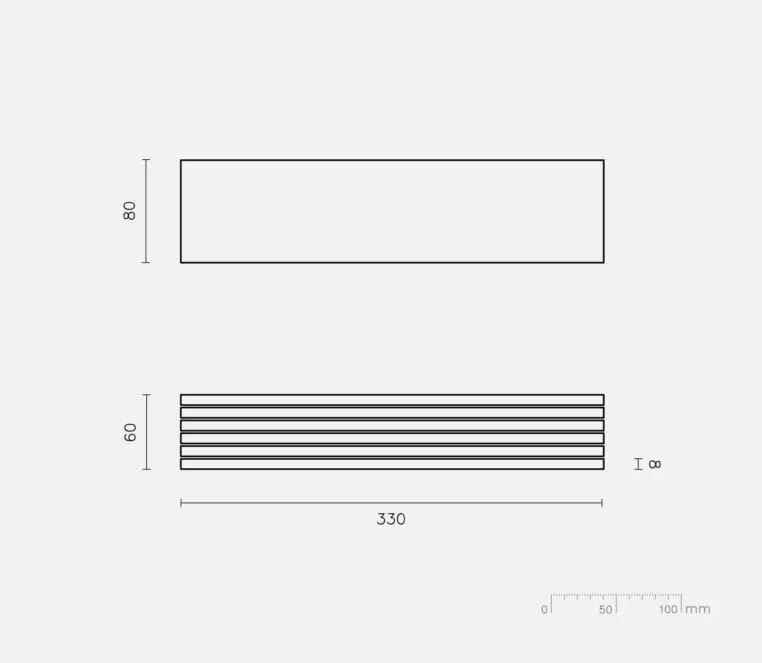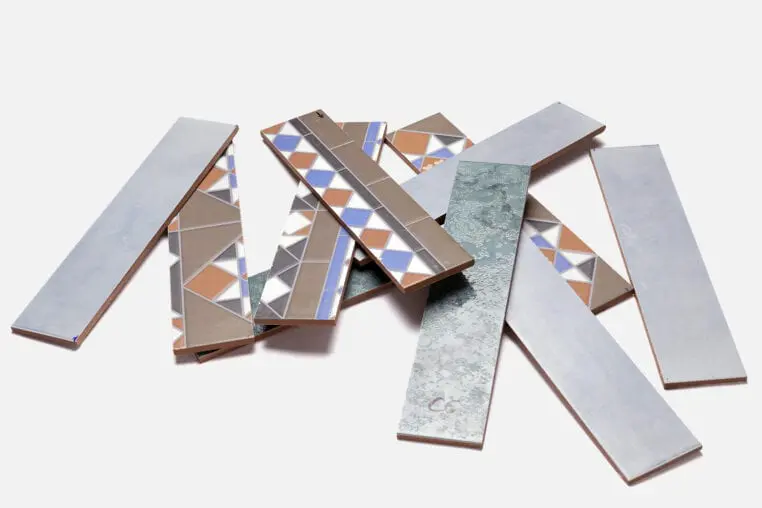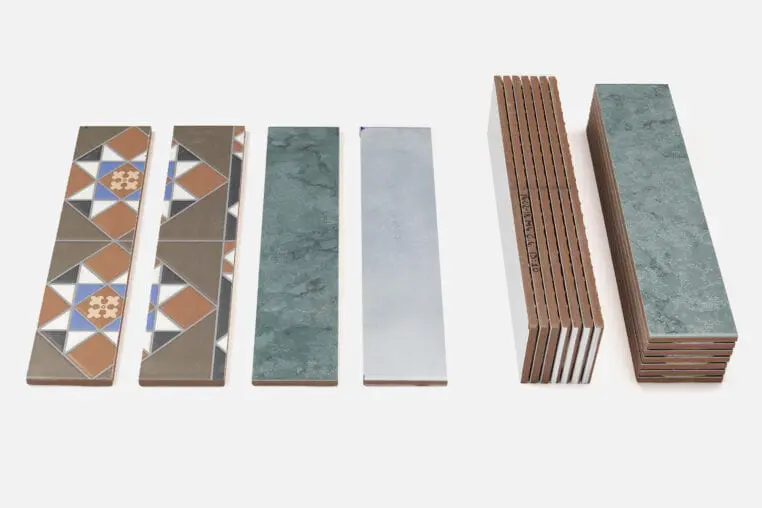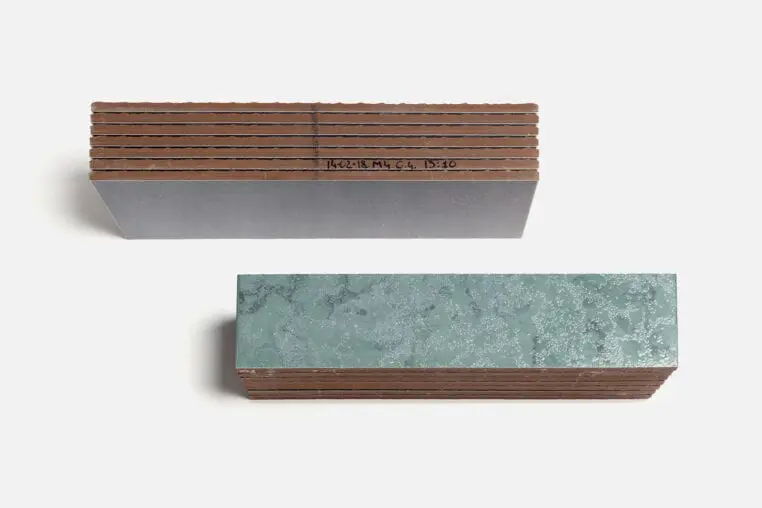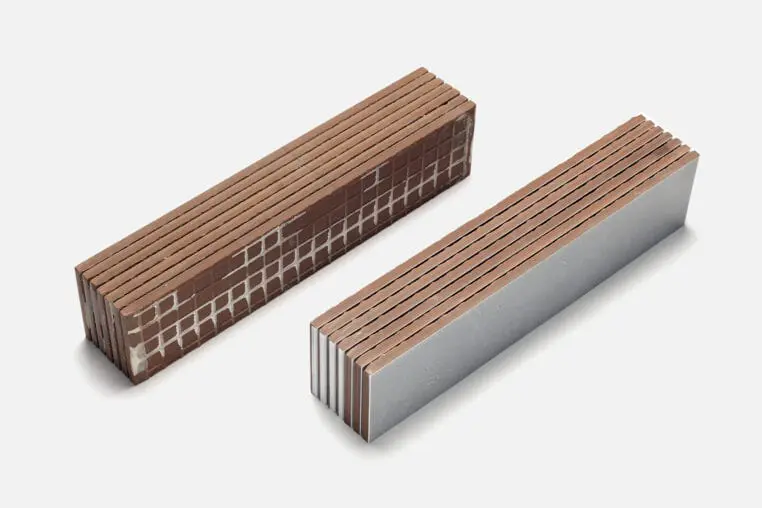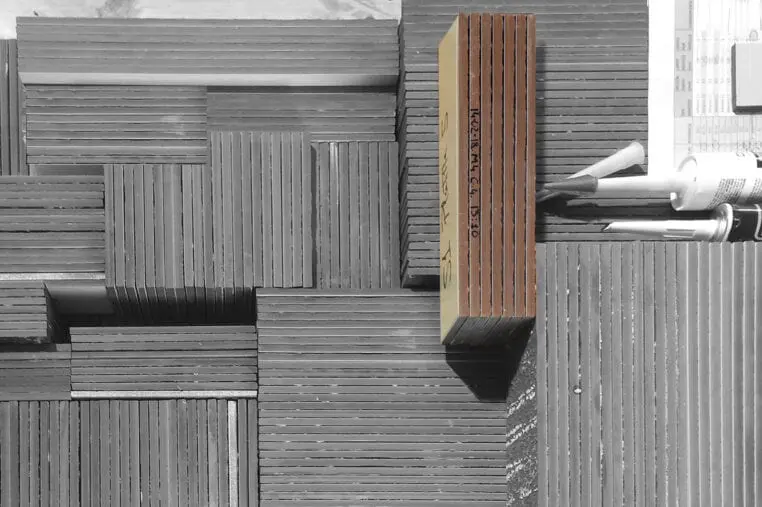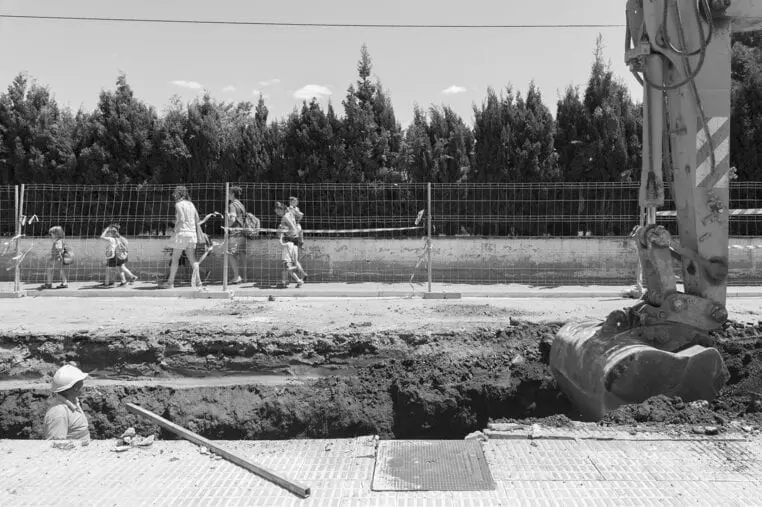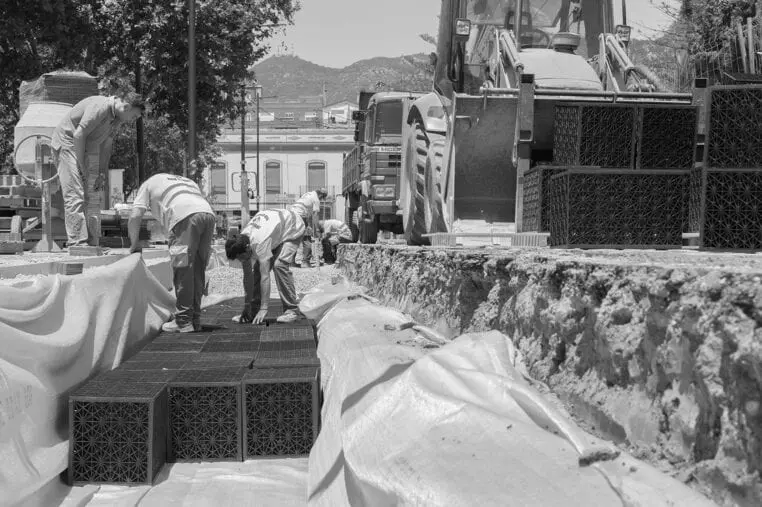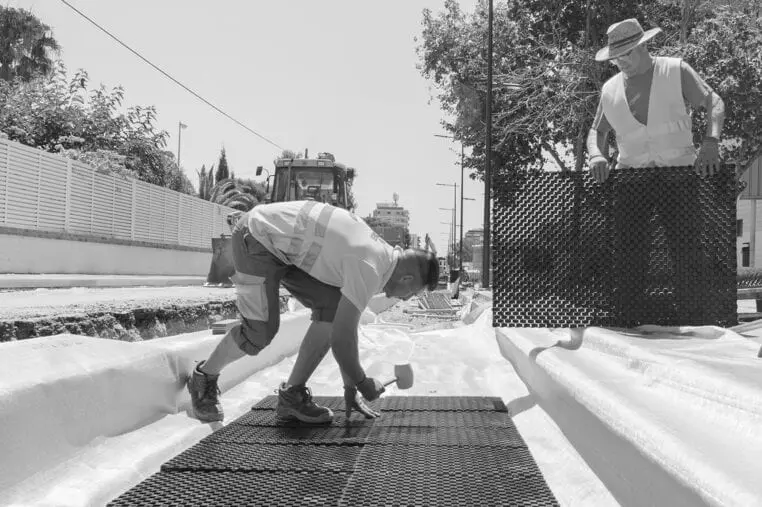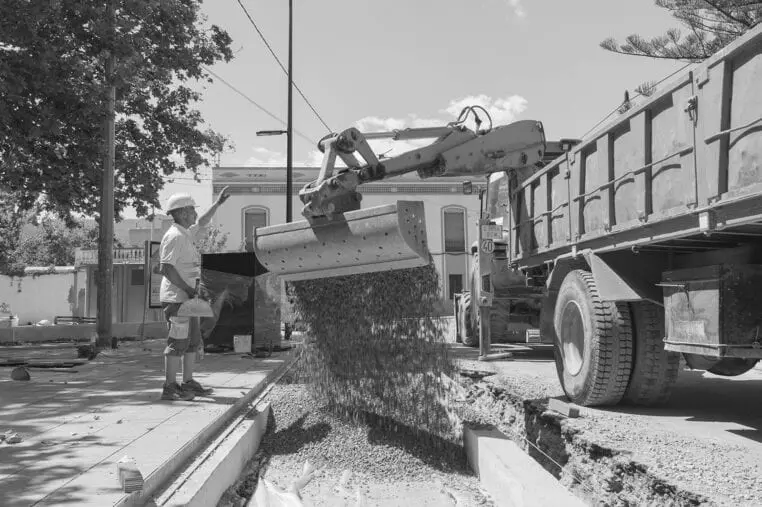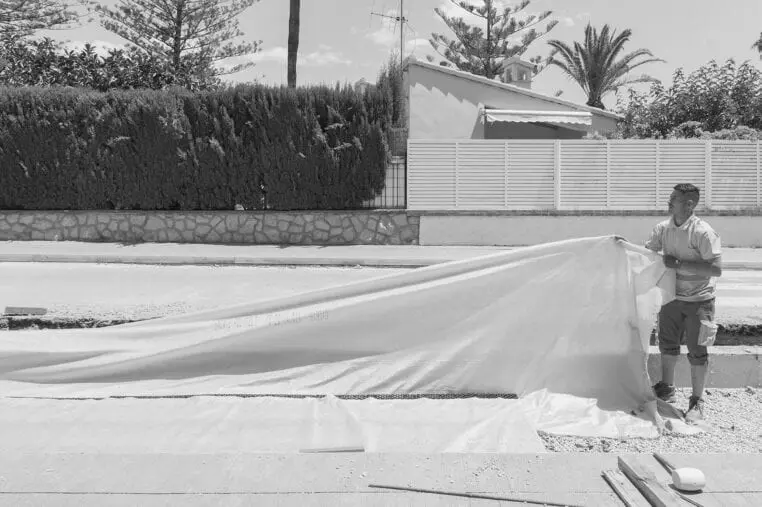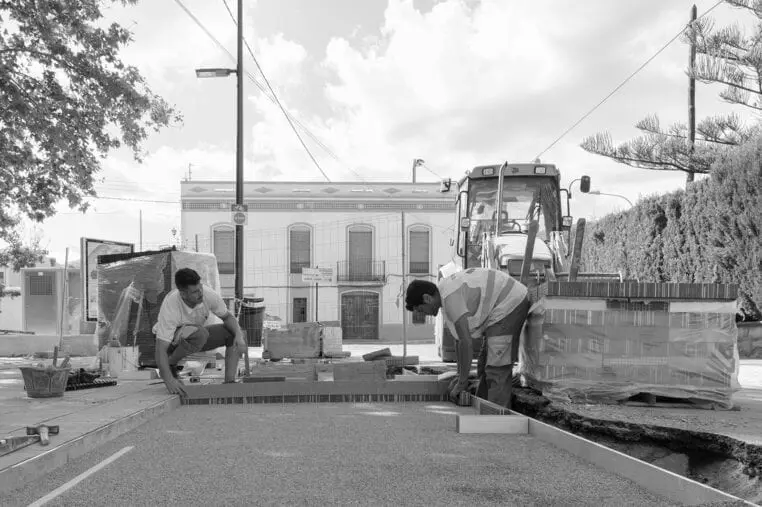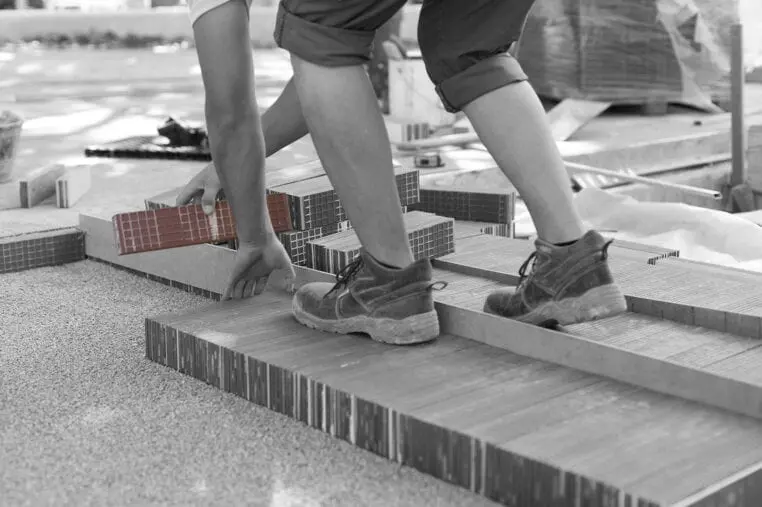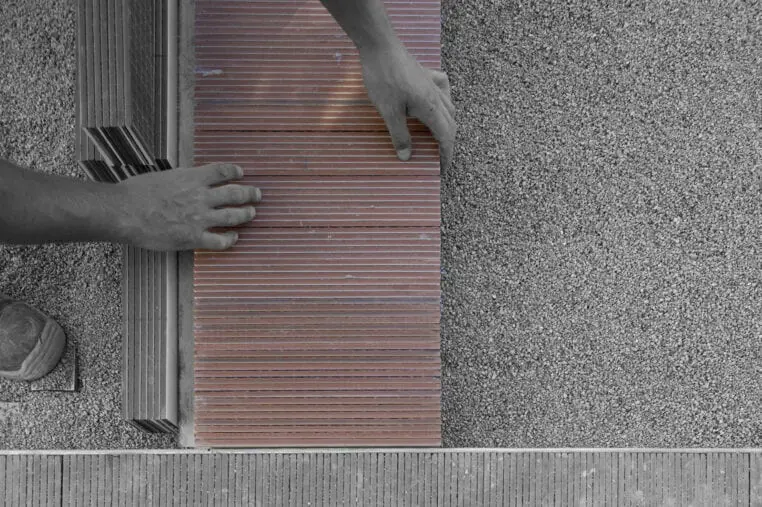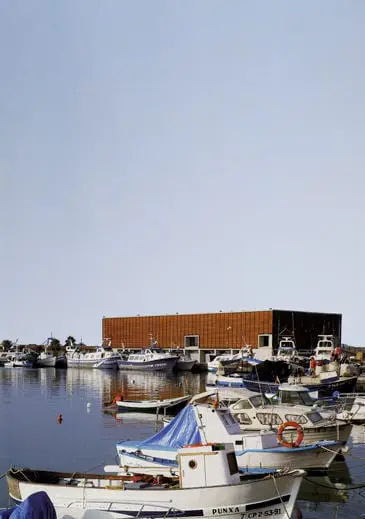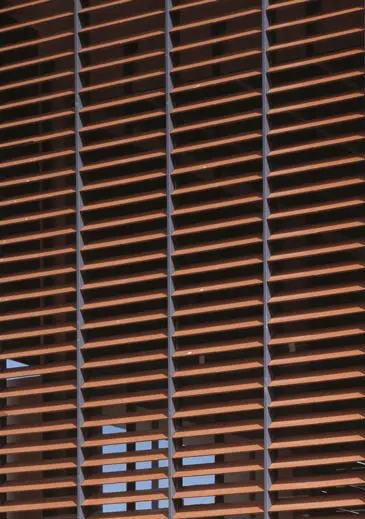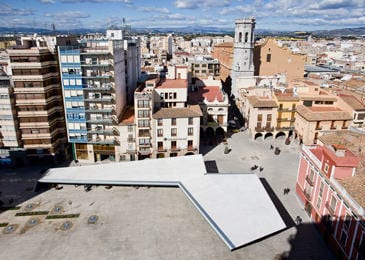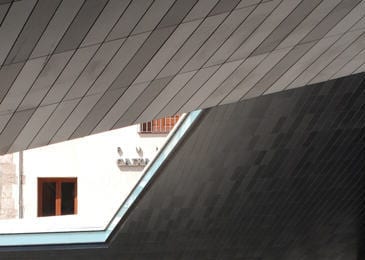The LIFE CerSuds proposal presented addresses the problem of water and soil sealing in the city, through the development of a Sustainable Urban Drainage System (SUDS) that uses low commercial value ceramic as a recycled permeable paving material. The initiative is carried out within the framework of the European Union’s LIFE programme. Its specific objective is dedicated to adaptation to climate change, providing a sustainable urbanization solution applicable both in the area of public space design and in Green Infrastructures on an urban and territorial scale.
The project was born from connecting two problems that are usually analyzed separately: the need for sustainable management of urban rainwater runoff and the recycling of waste and industrial by-products through circular economy processes. In this case, an integrated solution to both problems is sought, which arises from understanding water in the city and the ceramic stock of low commercial value generated by the ceramic industry, not as uncomfortable problems to be solved but as valuable resources that we must know how to make the most of.
The mission of the SUDS is the restitution of the natural hydrological cycle of the place before the waterproofing produced by the urbanization processes. Among the various types of existing SUDS, the project focuses on the use of rain gardens and permeable pavements in the processes of redevelopment of the consolidated public space.
After a multi-disciplinary process of design, prototyping and laboratory testing, in which public and private institutions participated, such as: the Institute of Ceramic Technology, the Ceramic Chair of Valencia, the University Institute of Water and Environmental Engineering Research of the Polytechnic University of Valencia, the Benicàssim Town Hall and the company Trencadis de Sempre; a demonstrator was set up in the town of Benicàssim in Castellón. The proposed intervention tackles the redevelopment and re-qualification of Torre Sant Vicent street, one of the historic routes connecting the centre with the beach, defining the main transversal axis of a pedestrian nature that will articulate its future urban green infrastructure.
In order to draw up the proposal, an analysis was made of the area of intervention, which covers 3209 square metres, on the basis of five parameters adopted as indicators of sustainability in the public space: proportion of sealed land, method of managing rainwater, universal accessibility, sustainable mobility and environmental quality. Based on these parameters, the specific objectives and concrete actions to be carried out were determined, consisting of Reduction of the sealed soil from the current 90% to 30% corresponding to the road; sustainable management of run-off and storage of rainwater for irrigation, with a reduction of more than 80% in discharges into the network; reorganization of the existing road section transforming it into a single platform to guarantee universal accessibility; creation of a shaded route for pedestrians and cyclists; and increase in 75% of the green, wooded and equipped areas as stay areas.
